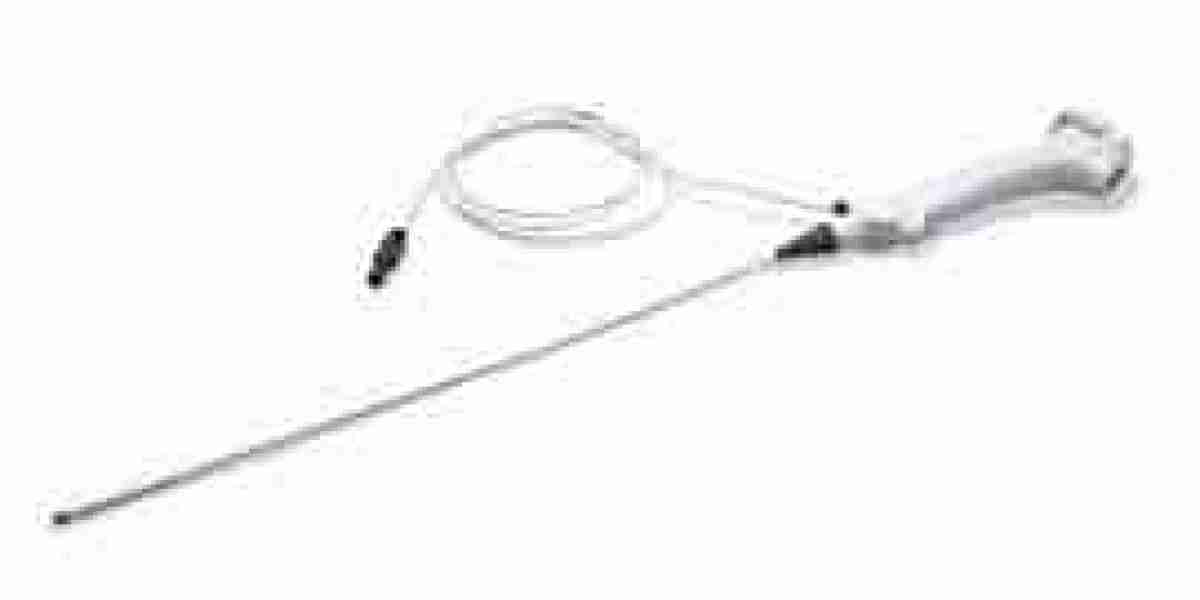Handheld laser cleaner rapidly transforming the world of industrial cleaning. Whether you're a manufacturer, a technician, or simply curious about this innovative technology, this guide will provide you with a deep dive into handheld laser cleaners. By the end of this article, you’ll understand how these tools work, the benefits they offer, and why they are becoming a game-changer in various industries.
What is a Handheld Laser Cleaner?
A handheld laser cleaner is a portable device that uses high-powered laser beams to remove unwanted contaminants, such as rust, paint, and grease, from metal surfaces. Unlike traditional cleaning methods (like sandblasting or chemical cleaning), laser cleaning offers a precise, environmentally friendly, and highly efficient alternative.
These devices typically use high-energy pulsed lasers to target the surface of an object, vaporizing contaminants without damaging the underlying material. The handheld feature provides added flexibility, allowing operators to maneuver the tool easily in tight spaces or hard-to-reach areas.
How Does a Handheld Laser Cleaner Work?
Handheld laser cleaners operate on a principle known as laser ablation. The process is quite simple yet highly effective:
Laser Emission: The laser emits a focused beam of light onto the surface to be cleaned.
Absorption: The surface absorbs the energy from the laser, which heats up the contaminants (like rust or old paint).
Vaporization: The absorbed energy causes the contaminants to vaporize or be ejected from the surface, leaving it clean.
Exhaust: Any remaining debris or particles are typically carried away by an air stream, making the process clean and efficient.
Types of Materials That Can Be Cleaned
Handheld laser cleaners are effective on a wide range of materials. Commonly cleaned materials include:
Metal surfaces: Steel, aluminum, copper, and more.
Paint and coatings: Removing old paint or coatings without damaging the underlying material.
Rust and corrosion: Particularly effective for cleaning rust off metal surfaces.
Oxidation: The laser can help remove oxidized layers from metals and alloys.
Why Choose Handheld Laser Cleaners?
1. Efficiency and Speed
Handheld laser cleaners offer significantly faster cleaning times compared to traditional methods. The precision of the laser means that no time is wasted on unnecessary scrubbing or chemical application. This efficiency is especially beneficial in industrial settings, where time is of the essence.
2. Precision and Control
Because of the handheld design, these tools offer high precision and control, making them ideal for delicate or intricate cleaning tasks. The ability to direct the laser beam at specific spots ensures that only the contaminants are removed, preserving the integrity of the underlying material.
3. Environmentally Friendly
Laser cleaning does not involve harsh chemicals, abrasive materials, or water, making it an eco-friendly solution. The only byproducts are vaporized contaminants, which can be safely managed with proper ventilation.
4. Cost-Effective in the Long Run
While the initial investment in a handheld laser cleaner may be higher than traditional methods, the long-term savings can be significant. There’s no need for consumable materials like sandpaper or chemicals, and the reduced downtime for cleaning can boost productivity.
5. Minimal Wear on Surfaces
Unlike mechanical or abrasive cleaning methods that can damage surfaces, lasers clean without physical contact, minimizing wear and tear on delicate surfaces.
Key Benefits of Handheld Laser Cleaners
Non-toxic and eco-friendly: No chemical waste or harmful emissions.
Maintenance-free: With no consumables, maintenance costs are low.
Precision: Clean targeted areas without affecting the surrounding material.
Portable: The handheld design ensures mobility and easy use in various settings.
No environmental contamination: Only vaporized particles are produced, making cleanup straightforward.
Applications of Handheld Laser Cleaners
The versatility of handheld laser cleaners makes them useful in many industries, including:
1. Automotive Industry
In the automotive industry, laser cleaning is often used for removing rust, paint, and oil residues from parts, such as engines, frames, and body panels. This technology enables cleaner surfaces, better adhesion for coatings, and improved overall performance of automotive parts.
2. Aerospace
In aerospace, where precision and cleanliness are crucial, handheld laser cleaners are used for cleaning metal parts, removing oxidation, and ensuring that surfaces are prepared for further processes like coating or welding.
3. Manufacturing and Metalworking
Laser cleaners excel in industrial manufacturing, where they are used to clean parts before welding or coating. They remove scale, rust, and other contaminants, ensuring that surfaces are smooth and free of impurities.
4. Art and Restoration
For art restoration, handheld laser cleaners are increasingly being used to remove dirt, old paint, and other contaminants from delicate sculptures, paintings, and historical artifacts. The precision allows for detailed work without damaging the underlying surface.
5. Shipbuilding and Marine Industry
The shipbuilding industry uses laser cleaning to remove rust and paint from metal surfaces in ship hulls, machinery, and other components, improving longevity and performance.
Factors to Consider When Choosing a Handheld Laser Cleaner
When selecting a handheld laser cleaner, consider the following:
Laser Power: Choose a laser cleaner with power levels suitable for your cleaning needs. Higher power may be required for tougher contaminants.
Weight: A lighter tool may be more comfortable for prolonged use, especially in difficult-to-reach areas.
Cooling System: The efficiency of the cooling system ensures that the device operates without overheating.
Portability: Consider a model that suits your work environment. A more compact, ergonomic design is preferable for workers who need mobility.
Safety Features: Ensure the tool is equipped with safety mechanisms to prevent accidental exposure to the laser beam.
Handheld Laser Cleaner FAQs
Q: How much does a handheld laser cleaner cost?
The price of a handheld laser cleaner varies depending on the power, features, and brand. Basic models may start around a few thousand dollars, while more advanced, high-powered models can cost upwards of $20,000.
Q: Are handheld laser cleaners easy to use?
Yes, they are user-friendly and designed for ease of operation. Many models are lightweight, with intuitive controls. However, training may be necessary for optimal safety and performance.
Q: What are the safety precautions when using a handheld laser cleaner?
Safety is a priority when using laser cleaners. Always wear protective goggles to shield your eyes from the laser beam. Additionally, ensure the working area is well-ventilated to manage vaporized particles.
Q: Can handheld laser cleaners be used indoors?
Yes, handheld laser cleaners can be used indoors, but proper ventilation is essential. Many models are designed with safety and efficiency in mind, ensuring that they can be used in a wide range of environments.
Q: How do handheld laser cleaners compare to other cleaning methods?
Compared to traditional methods like sandblasting or chemical cleaning, laser cleaning is faster, more precise, and environmentally friendly. It also minimizes wear on surfaces and reduces the need for consumable materials.
Q: What industries benefit most from handheld laser cleaning?
Industries such as automotive, aerospace, manufacturing, shipbuilding, and art restoration benefit greatly from handheld laser cleaning due to its precision, efficiency, and eco-friendliness.
Handheld laser cleaners are reshaping the cleaning landscape by offering fast, efficient, and environmentally responsible cleaning solutions. Whether you are working in an industrial setting, restoring artifacts, or maintaining machinery, these devices provide a reliable, cost-effective solution for removing contaminants from a variety of surfaces. Their precision, ease of use, and eco-friendliness make them indispensable tools in modern cleaning processes.




